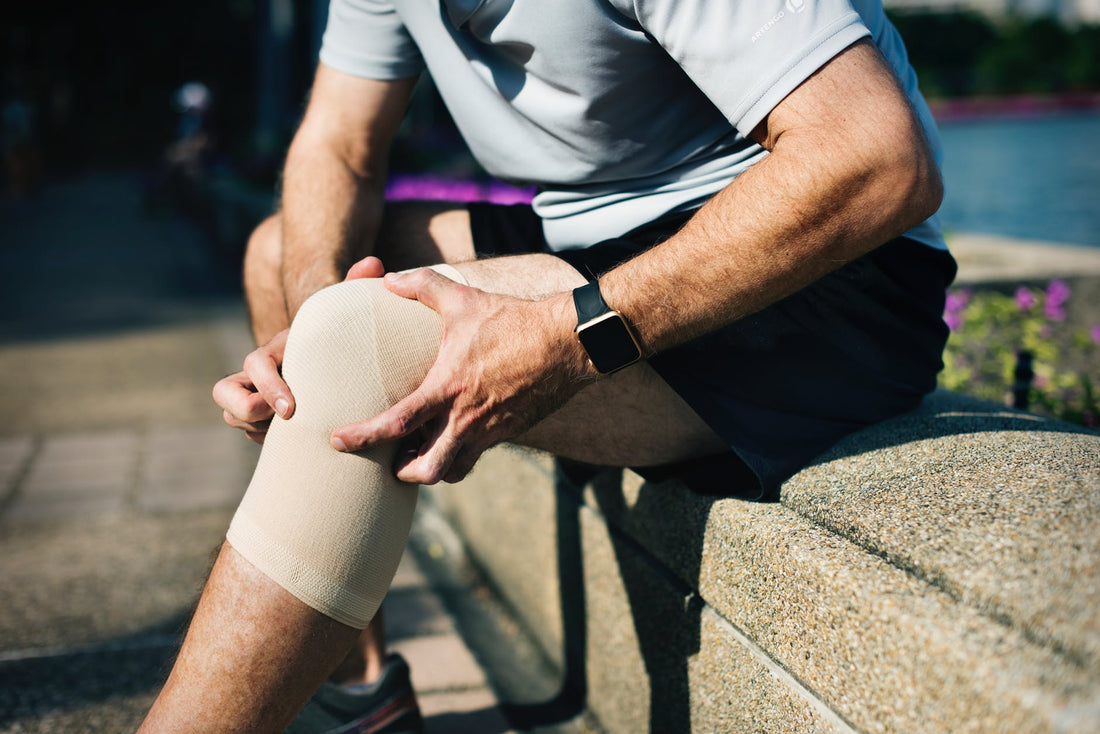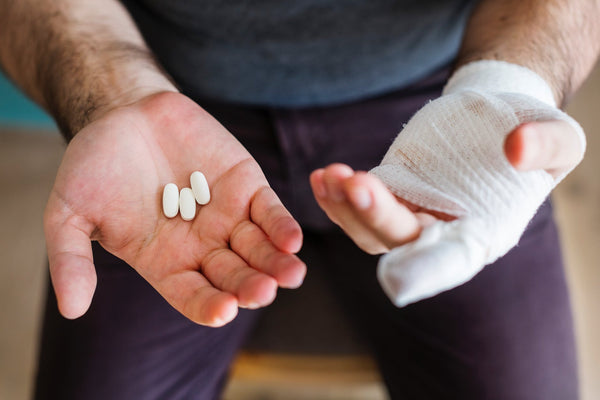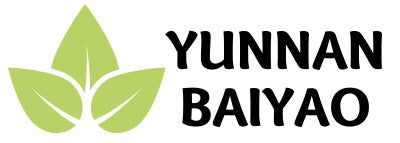
The Secrets Behind Traditional Chinese Pain Patches (2024 Updated)
Share

Historical records show that transdermal medication has long been in existent for almost hundreds of years ago. Early men as part of his survival discovered the use of plants and minerals to concoct solutions for a variety of activities such as hunting, cooking, planting, but one significant aspect is to aid the sick. This ancient medical practice is employed by either imbibing the mixture or applying it directly in the skin where the illness manifests. The treatment of ailments that localize in a specific body part due to burns, wounds, infections, injury, bruises or any skin conditions is usually done via topical remedies such as liniments, oils, ointments, creams, and poultices. Later developed into specially manufactured medicated patches or pain plasters. This kind of remediation is commonly known as an effective method under the umbrella of traditional herbal medicine.
One leading precursor of this age-old practice is the civilization of the Ancient Chinese, where the use of different herbs, fruits, spices, rocks and minerals to alleviate pain and to cure different diseases largely began, and continued to take its place as a staple home remedy to modern Chinese households. Moreover, methods popularized by Traditional Chinese Medicine like acupuncture, moxibustion, massage, and herbal medicines have perpetuated its fame among other Asian countries and even in western cultures, becoming a part of popular alternative medication choice among patients, herbalists, therapists and practitioners.
Although, Traditional Chinese Medicine (TCM) centers on healing from within through cultivating and nourishing a well-balanced flow of the body’s vital energy, termed as qi (ch’i) for holistic health, external use and application of mixed herbs, oils, and minerals are equally essential in this kind of medicinal practice.
How are topical remedies administered?
Since the main goal of Traditional Chinese Medicine is to heal diseases through the administration of natural ingredients and processes that support balance within the body, primarily resolving problems with blood circulation and removing any blockage or obstruction present in the bodily systems, the application of remedies in the outer body layer is proven to give faster relief from localized pain. Topical remedies or external medication, which are known collectively in Chinese as Gao are administered in various ways with the sole purpose of curing any kinds of sickness.
Roasting is one of the very first methods of external medication, wherein various medicinal plants are placed in the patient’s affected body and then with the use of a heat source would allow the herbs to release its therapeutic effects. The second is called Hot Pressing; in this technique, herbs are already burnt or warmed and wrapped in a cloth then applied to the affected part in which its healing properties will soon be felt like the heat from the plants move to the patient’s body. The third method is Fumigation also known as heat therapy is a procedure where a patient is exposed to the smoke or steam produced from burning or boiling herbal plants. Diseases like hemorrhoids, digestive and reproductive disorders are treated by fumigation via having the patient squat over the boiling or burning recipe, letting the smoke enter his or her body. Lastly, Balneotherapy or Bath Therapy requires the patient’s affected body part to be fully submerged in the hot medicinal bath. This technique is commonly witnessed nowadays through spa treatments.
These methods were recovered from the excavated tombs of Ma Wang Dui, located in Changsha, Hunan Province in the late 20th century. These archeological findings have revealed a collection of scrolls containing ancient practices to treat illnesses that chiefly illustrates the application of medicinal plants and mixtures externally rather than through acupuncture or other internally administered procedures. It definitely paved the way to the development of different kinds of topical medication that is still in use up to this day.
Over the span of more than 3,000 years, external herbal medications have evolved to suit a wide range of needs. Like most types of medications, treatment involving heating, boiling, mixing, powdering, and drying of herbal plants, minerals, and other raw products to create a blend that will later be applied to heal diseases have constantly developed, allowing consumers to choose which type works well depending on their preference.
One of the most widely known topical herbal remedies are medicated pain plasters. This method uses specially made bandages for the skin that produces instant relief to acute or chronic muscle pains, tensions, and inflammation caused by traumatic injuries, rheumatism, tears or sprains. This kind typically uses adhesive sheets like linen, fabric, leather, and plastic that are first treated with paste, oils or balms prepared with aromatic herbs like camphor, capsaicin or borneol. This medicated plasters, which are usually sold in traditional herbal suppliers or even big drugs and groceries stores garnered its fame amongst athletes who rely on fast-acting remedies to resolve their aching muscles due to excessive sports training.

What are the origins of pain plasters?
Similar to any herbal medications applied externally, pain plasters started through a very complex and lengthy process of boiling and extracting juices from plants to acquire concentrated liquids, which will later be mixed with other substance until it creates a solution that will be applied to the patch.
The earliest form of pain plasters used the skin of dogs known as Gou Pi Gao (Dog Skin Plasters). This technique is done through spreading herbal mixtures in the canine’s patch of skin; this material will then be plastered to the patient’s body part and left preferably for 3-5 hours. After, it will be removed and reapplied after 2-3 hours until the ailing muscle or tissue is completely cured. Furthermore, Gou PI Gao provides soothing and warming feeling that is ideal to the cold winter season and even promoted blood circulation.
Traditional do skin plasters involves the decoction of several herbal plants such as aconitum, sweet wormwood, sinomenium, camphor, myrhh and many other therapeutic vines and roots that when mixed and added to plasters effectively produces healing effects to relieve and sooth pain.
However, as the time progresses and the use of animals for medicinal purposes has been strictly monitored, employing dog’s skin to make medicated pain plasters has long been stopped. Today, most medicated pain plasters are readily available in the market because of the innovative manufacturing processes, which yields bulks of plasters in the forms of different adhesive synthetic dressings like rubber, fabric, or plastic.
How do pain plasters work?
The active ingredients in the pain plasters, which are normally made of strong aromatic herbs work right away as soon as the bandage is introduced to the affected body part over the skin. The patient will feel an immediate warmth, which later soothe the sore or inflamed muscle. The pain-relieving heat, typically lasts for about 24 hours and during that period the medicinal effects brought out by the herbal ingredients used to manufacture the plaster will be locally transmitted to the painful region. Another factor why pain plasters effectively cures painful and tender muscles is that ingredients applied in the dressings are methodically extracted, leaving only the most concentrated substance that will quickly deliver its healing properties. Depending on the patience tolerance to the heat produced by the plaster, it is advisable to allow some time before reapplying new pain plasters, but typically one whole day of its medication is enough to feel its efficacy.

There is an expansive selection of retailed medicated plasters for consumers and practitioners to suggest for their patients. In which pain plasters are considered to be the most common type that contains anti-inflammatory and analgesic ingredients similar to Ibuprofen. This variety is frequently used and chosen by patients who tend to experience occasional headaches, fatigues or cramps; especially those who are exposed to rigid physical activities like exercise, sports or lifting. It is a reliable and convenient source of relief as it treats pain by improving blood circulation, enhancing the body’s vitality, and relieving muscular spasms, without having to swallow or ingest pills that normally produces side effects like dizziness, vomiting or other stomach discomforts. Other medicated plasters have anesthetic properties that numbs the region and some types are used as narcotic pain medication.
Regardless which type of plaster you might need, it is best to choose premium grade products made with authentic and organic ingredients to guarantee its optimal pain-relieving effects. Due to its popularity among present-day alternative medicine consumers, many businessmen and capitalists try to manufacture and sell poor quality products such as pain plasters and any other herbal medications that may cause severe damage than treatment. It is advisable to opt for only trusted suppliers, who are dedicated to promote genuine Traditional Chinese Medicines for the majority’s health and well-being.
To ensure top-quality Chinese herbal products, visit the Yunnan Baiyao Store, where you may purchase an assortment of 100% authentic Chinese herbal medications for pain, inflammation, bleeding and other health-related problems that are guaranteed safe and natural. The Yunnan Baiyao External Skin Plaster Pain Relieving Patch - Fast Acting is one of the store’s best-selling analgesic plaster that warrants instant relief from any types of muscular pain. Its made with durable plaster materials and can be administered easily, ensuring users much versatility without decreasing its effective healing properties. Formulated with active ingredients of camphor and menthol that are well-known to work as effective soothing agents for any physical pains and injuries for immediate and long-lasting effects.
